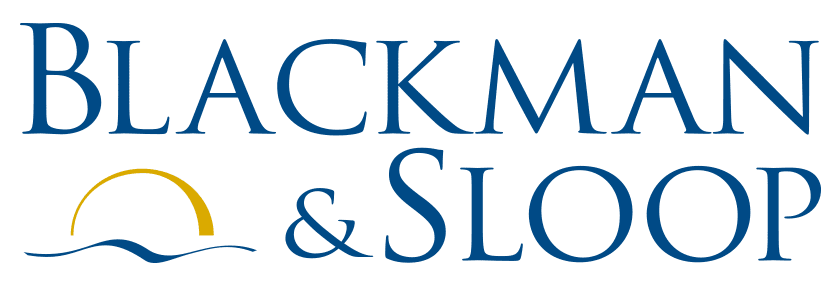Higher Education In The U.S. – Rising Costs, Enrollment Challenges And The Need For Innovative Solutions
By David Clark, CIA, CFE, CRMA, Seth Miller Gabriel, Umer Yaqub
The higher education landscape has changed over the last few decades, with increasing concern regarding declining enrollment and institutions’ ability to drive revenue by attracting and retaining students at levels necessary to support operations. The impact of COVID-19 on colleges and universities has hastened this transformation. Demographic changes, policy changes, rising operational costs and a shifting cost/revenue model have resulted in many institutions facing the very real prospect of closing their doors. Out of this new reality, higher education institutions are seeking innovative ideas to balance budgets and address these unprecedented challenges.
Rising costs for colleges and universities
The downturn in higher education enrollment has been forecast for many years. Lower birth rates have been driving down the overall student applicant pool by 2.6 million, or 13 percent, for a decade. The number of college-aged students is expected to drop even more as American families get smaller and the full impact of COVID-19 on the nation’s birth rate is realized. At the same time, the number of international students attending U.S. institutions has also decreased, as tighter visa polices have been established and universities around the world have become increasingly competitive. Lastly, increasing costs of attendance and ballooning levels of student loan debt have many potential applicants questioning the value and need for a “traditional” college education, especially in the face of evolving norms around virtual learning.
As the number of tuition-paying students has decreased, the cost of attracting those students and operating a college campus has increased. Over the last few decades, many colleges have invested in new dormitory, athletic and student center facilities in hopes of enrolling more students. This has come at a cost, not only in terms of construction but also in terms of redirecting investments (such as the maintenance of existing buildings) to these new facilities. Other costs have also increased—including salaries for professors and other staff and the bill for healthcare and other benefits—all while institutions are faced with the very real need to lower tuition costs to support access to higher education.
COVID-19 accelerated these negative economic factors for many schools. Having students attend courses online rather than in person resulted in dormitory rent incomes falling, meal plan cancellations and bookstores closing. Other high-dollar revenue centers like ticket sales for sports events and parent spending during campus visits dried up. This lack of income did not stop personnel costs, building costs (even a closed building costs money to maintain) and debt service costs (as many colleges took loans for those buildings) from continuing.
How public-private partnerships can help
Innovative project delivery, including public-private partnerships (P3s), have the potential to provide institutions with more options when facing changing financial needs, especially related to physical infrastructure. These partnership options can range from changing lightbulbs to relocation of campuses. Energy savings performance contracts (ESPCs), such as one with a private partner designing, installing, financing and maintaining the move to energy efficient LEDs, are one of the easiest solutions for a college to lower its annual expenses. Building maintenance can be transferred to a private partner for decades based on a set availability payment, or an entire campus can be transferred via a sale-leaseback agreement. These structures allow a college or university to address its maintenance backlog (or the maintenance that should have been done to campus buildings and is now a major financial liability) and return its focus to the core mission – education.
The involvement of private investment can also allow for a focus on new, non-education direct revenue for colleges or universities. A P3 structure could allow a college or university to activate unused or underused real estate to generate needed income. Possible projects include developing and operating data centers and lifelong learning communities on campus. These new facilities can also have the added benefit of providing needed internship and career opportunities for students, as well as engaging alumni.
Hope for the future of higher education
From lower enrollment to higher costs, the landscape of higher education is evolving and presenting financial pressures that many institutions have struggled to contend with. While the near and long term remain uncertain, innovative project delivery, optimized long-term facility management and public-private partnerships offer a clear and brighter path forward.
Article reprinted from Nonprofit Standard blog.
